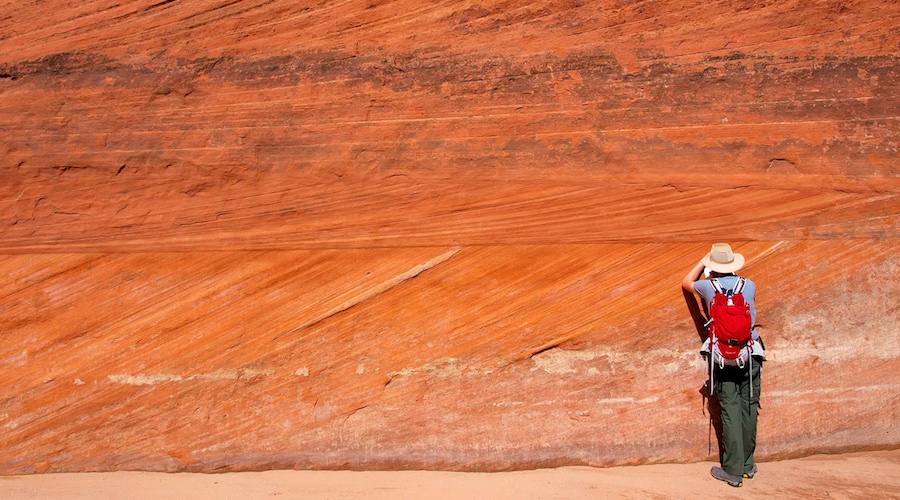These are some of the stories that sparked the most interest in 2020.
Battery metals and energy storage
With almost 88K page views, the article about a nano-diamond battery that lasts for 28,000 years being closer to becoming a commercial product took one of the top spots in the science & technology category.
In this same category, a story on how cobalt may substitute platinum in fuel cells thanks to a highly active catalyst that contains Co interspersed with nitrogen and carbon, also caught our readers’ eyes.
Diamonds are also being investigated in relation to their role as semiconductors and the possibility of using them to power the electrical grid and electric vehicles more efficiently, definitely sparked some attention.
Beyond planet Earth
My colleague Cecilia Jamasmie shares some of this interest in science stories. In a year as challenging as 2020, she decided to take some time to look away from the chaos of Earth and, instead, stare at the stars.
Almost 200,000 people joined her in paying attention to what’s happening in outer space, particularly when NASA discovered a rare metal asteroid worth more than the global economy.
The Moon also caught the attention of Cecilia’s and of thousands of readers after NASA found evidence that the Earth’s natural satellite may, underneath its surface, be richer in metals than previously thought, a finding that increased the attractiveness of ongoing proposals to start mining the Moon as early as 2025.
Russia, however, wasn’t too happy with the US idea to mine the Moon and criticized its long-time rival country for proposing the Artemis Accords to involve other countries in the quest to place humans and space stations on the celestial body within the next decade.
A look at the past
MINING.COM readers not only felt that they were stepping into the past when learning about this revived space rivalry between Russia and the US, but also by diving into a series of stories that look into historic events and their influence on how things are today.
The lost fragment of an ancient continent found at De Beers Canada’s Chidliak project in Nunavut gathered a lot of interest, as did the Roman-era warships found at a Serbian coal mine.
People were also drawn to curious articles, such as the one that explains why a large deposit of rare earths is linked to the existence of fossilized fish.
They also found it interesting how scientists finally found evidence of a mysterious particle that had been theorized about since the 1930s and how gold, vanadium and europium played a key role in identifying it.
Re-evaluating how things have been done in the past, including the way minerals are classified under the two-century-old New Minerals, Nomenclature and Classification, was also a topic of interest.
In fact, many seemed to be on board with the idea of a new evolutionary system of mineral classification that includes historical data and reflects changes in the diversity and distribution of minerals through more than four billion years of Earth’s history.
Funky extractive technologies
Our community not only seemed attracted to new ways of understanding minerals and metals but also to cutting-edge mechanisms for extracting them. If such mechanisms involve having a lower environmental and societal footprint, readers seemed to have been even more interested.
The promise of a new technology that uses ligand-assisted chromatography to remove and purify rare earth metals from coal ash, recycled magnets and raw ore safely and with virtually no detrimental environmental impact, was among our readers’ favorite stories last year.
The possibility of efficiently extracting REEs from acid mine drainage also caught people’s attention, as did the idea of using iron-storing bacteria to mine gold and copper.
On the other side of the spectrum, instead of extracting precious and transition metals, some researchers are looking into using them to generate hydrogen from salt and polluted water to help tackle the global energy challenge.
Others not looking into extractive activities are those working with lab-grown diamonds, a technology that is evolving so fast that scientists were able to produce diamonds in minutes at room temperature by just applying pressures equivalent to 640 African elephants on the tip of a ballet shoe.
The diamond story sparked a lot of interest, not only because of the incredible feat of growing diamonds so quickly but also because the project involved creating lonsdaleite, which has the potential to be used for cutting through ultra-solid materials on mining sites.
